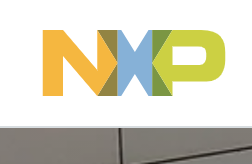Padtec introduced its TM800G and TM1200G transponders for short, medium and long distances in a compact, rack mountable form for both telecom and data center applications. The muxponders enable service providers to combine multiple 100Gbps client signals into a single network signal.
Padtec said its new LightPad i6400G platform’s transponders combine a high data transmission rate with a lower cost per transmitted bit and are suited for alien wavelength applications.“The development of this product is in line with the company’s commitment to constantly invest in the evolution of its product line, providing the market with innovative solutions and state-of-the-art technology in optical systems”, says Manuel Andrade, Padtec North America’s CEO.
“Another of the technical innovations of this generation of transponders is the more flexible network interfaces that allow better adaptation of optical channels to meet the increasing demands for network performance and expansion”, says Manuel.
The new unit measures 1RU high and 300 mm deep, enabling rack mounting in both datacenters and telecom locations.























